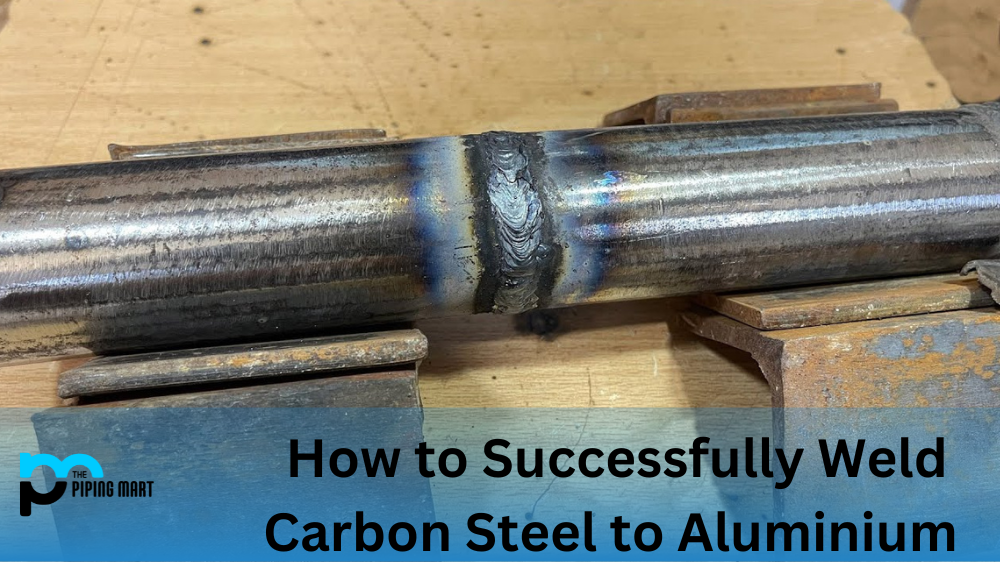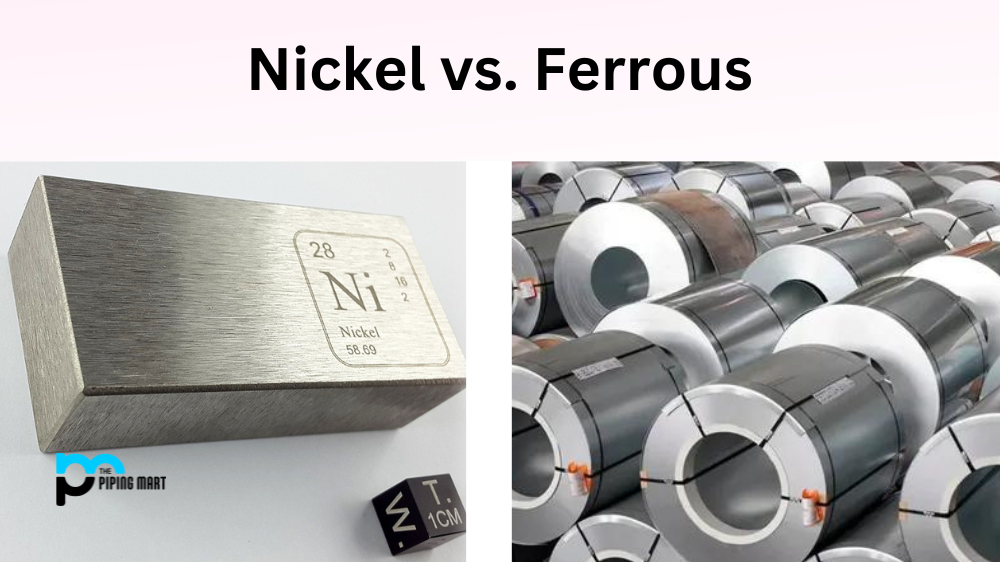Joining two different metals together can be tricky, especially when those metals are carbon steel and aluminum. However, it is possible to successfully weld these two materials together if you take the proper steps and use the right tools. Let’s take a look at how to weld carbon steel to aluminum like a pro.
Step 1: Cleaning your Materials
The first step for any welding project is cleaning. You need to make sure both materials are free of dirt, rust, and grease before you start welding them together. This will help ensure that the finished product has a strong bond between the two materials and no weak spots. Make sure you use a wire brush or sandpaper to clean off any rough patches in either material before you begin welding.
Step 2: Preheating the Steel
Next, preheat the steel before laying down your weld bead. Preheating helps reduce metal stresses caused by rapid welding cooling, which can lead to the cracking of the material after it cools down. To preheat your steel, use a torch or heating blanket set to 500 degrees Fahrenheit (260 degrees Celsius) and heat it evenly for about 5 minutes before beginning your weld bead.
Step 3: Using A Specialized Rod
When welding carbon steel and aluminum together, you must use a specialized rod specifically designed for this work. The best option is an ER5356 aluminum-magnesium alloy rod because this type of rod helps prevent cracking caused by thermal expansion/contraction differences between the two materials as they cool down after being joined together by welding. Ensure you follow all safety procedures when using this specific rod type – don’t forget your gloves, goggles, and welding helmet!
Conclusion:
With some patience and precision, it is possible to weld carbon steel to aluminum with great results successfully! Remember that safety always comes first when working with these types of materials – make sure you wear all necessary protective gear and keep an eye on temperatures so that everything stays consistent throughout the process. Good luck with your next project!
Meet Heer, a dynamic and driven writer learning tricks of her trade in the metal industry. With a background in Digital Marketing, Heer brings a unique perspective to her writing, sharing valuable insights. Apart from blogging she like reading and hiking.




